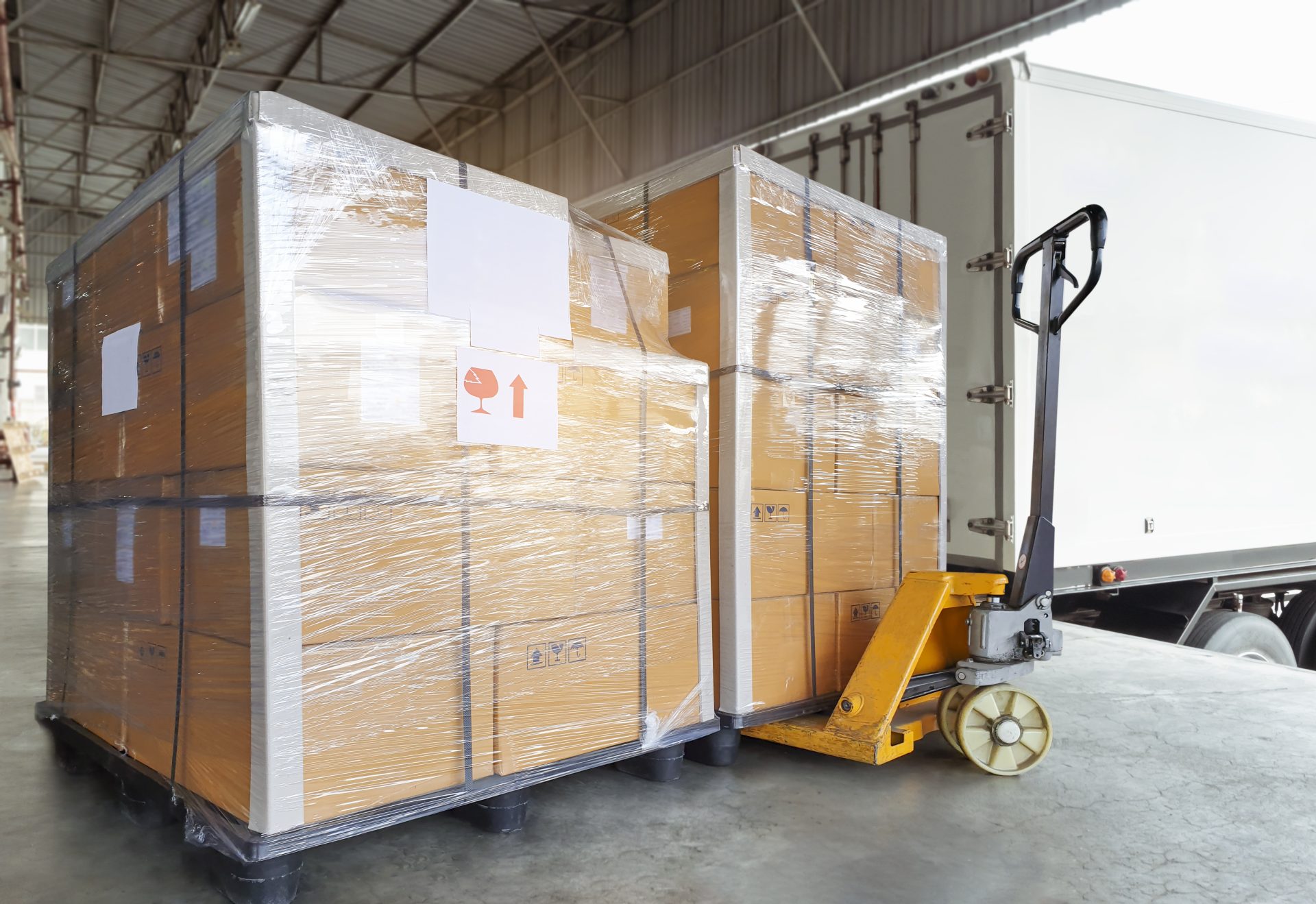Discover how to optimize asset management in logistics and what benefits your company can gain from this implementation.
Asset management is a fundamental area in various sectors, and logistics is one of them. As it deals with often decentralized processes, such as storage, transportation, and movement of resources and products, asset management in logistics can be a complicated task.
The performance of the logistics sector in Brazil is quite satisfactory. According to a study by Cushman & Wakefield, Brazil’s class A and A+ logistics market recorded positive results last year, with 602,260 m² of new inventory in the third quarter alone – a 5% increase over the previous quarter.
With the increasing demand and the need for efficient asset management, it is essential to have an effective strategy to ensure the operation of the company. Therefore, in this article, we will present some fundamental strategies for applying asset management in logistics. Follow along!
What is asset management in logistics?
Asset management in logistics involves the management of physical and financial resources that are used in the entire logistics process, from material reception, storage, movement, transportation, to delivery to the end customer.
What is the importance of asset management in logistics?
The application of asset management in logistics is significant. It equips the company with tools to control the entire logistics process, ensuring the quality of the service provided.
With adequate resources, it is possible to have a complete view of all assets involved in the logistics process, generating several gains, such as:
- real-time monitoring;
- identification of possible failures;
- optimize response time for possible maintenance;
- maximize the life cycle of assets.
What is the role of an asset management software in the logistics sector?
Since logistics assets may be spread outside the company’s environment, it is necessary to have a tool that monitors and tracks all this movement in real-time.
With an asset management software, it is possible to have precise control of mobile assets, such as trucks and transport vehicles, and also static assets, such as warehouses and depots.
Integrated with other systems, such as the inventory management system, the asset management software provides a complete and integrated view of the entire logistics process. With this, it is possible to have a precise analysis of the costs involved, the life span of the assets, and also the operational performance.
Do you know how to correctly select asset management software for your logistics processes?
Before investing in asset management software for logistics, do not forget to analyze the company’s needs and demands. It is necessary to analyze the software’s functionalities, its ease of use, and integration with other systems to ensure efficient asset management in logistics.
With a well-structured asset management in logistics, it is possible to obtain a competitive advantage in the market and offer quality service to customers.
To learn more about how asset management can improve your company’s logistics, request a demonstration of the Manusis4 software and try out this idea in practice.






Leave A Comment